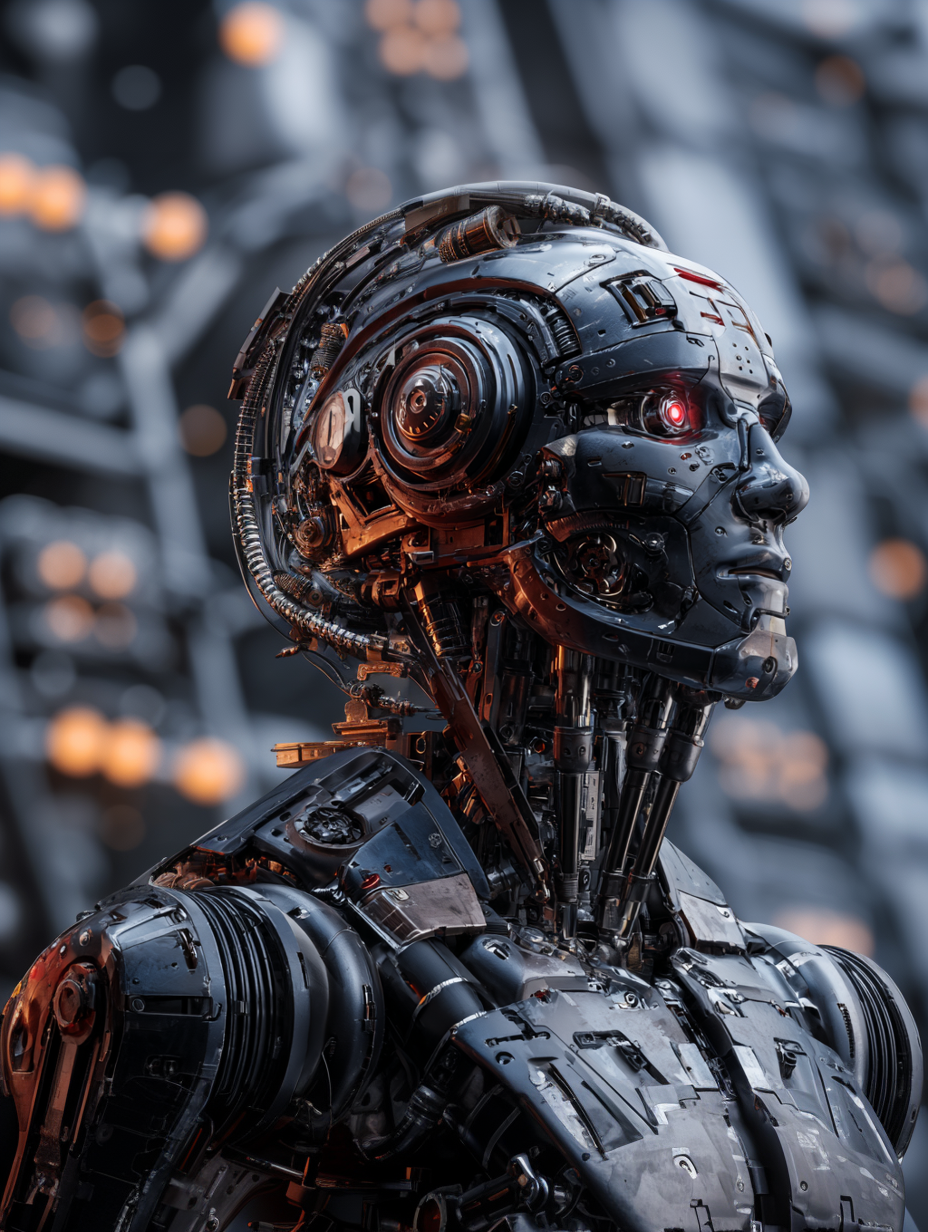Cognitive Augmentation - "Stop Using AI Like a Really Expensive Calculator"

Most people are using AI like a really expensive calculator
It comes down to this - everyone's still thinking about AI completely wrong. I see it everywhere. People are asking ChatGPT to write their emails (badly), using it like Google with extra steps, or worse, treating it like some magic answer machine that'll solve all their problems.
That's not where the magic happens. Not even close.
The breakthrough - and I mean the real game-changing moment - happens when you stop using AI and start thinking with it.
I know, I know. Sounds like semantic wordplay, right? But stick with me for a minute because this shift is the difference between getting 1 or 2x gains versus experiencing genuine cognitive transformation.
The thing that changed my whole perspective
I was frustrated with AI. Don't get me wrong - I LOVE IT and it blows me away every day, and I mean every day! But every interaction felt like I was talking to a very polite, knowledgeable intern who would give me exactly what I asked and sometimes in a "Monkey's Paw" kind of warped reality way. Zero creativity. Zero pushback. Zero partnership.
Then I started thinking about it differently. What if AI wasn't a tool at all? What if it were more like... a cognitive exoskeleton?
You know how a physical exoskeleton works? It amplifies your strength, but you're still walking and deciding where to go. Your natural movement patterns stay intact - they're just enhanced.
That's when everything clicked. "Go watch a clip of Matt Damon in in Elysium if you have no clue what I'm talking about on the exoskeleton."
The jazz collaboration that actually works
Here's what I figured out: the best human-AI collaboration works exactly like jazz improvisation.
You set the key signature - your goals, your values, your constraints. AI takes that structure and starts riffing. But here's the crucial part - you're not just sitting there listening. You're responding to its ideas, building on them, taking them in directions it couldn't predict. Back and forth. Call and response.
Neither of you could create what emerges from that interplay. That's the sweet spot.
Mental models that move the needle
After months of experimenting with this approach, I've identified the mental frameworks that consistently produce those elusive 10-15x and dare I say 100x performance gains everyone talks about but rarely achieves.
Some of these might sound obvious. They're not. The implementation is where most people get stuck.
AI as perspective multiplier
Instead of "give me the answer," I started thinking "show me this problem through five different lenses." Analytical. Creative. Systematic. Contrarian. Whatever the situation needs. It's like having instant access to different thinking styles - you can examine problems through various cognitive approaches rather than being limited to your default patterns.
The cognitive sparring partner
Framing its as an intellectual MMA sparring partner that can match your level and push your thinking, punch youy in the face when you let your guard down. Like a skilled debate partner who can argue any position and challenge assumptions - but ultimately is there to strengthen your reasoning. That's adversarial collaboration rather than passive consumption.
Extended working memory
The super ZORD. AI becomes an infanite mental playground, we are talking mulitverse level here. - holding complex contexts, maintaining multiple threads, allowing deeper exploration without cognitive overload. You maintain your drivers seat while offloading cognitive overhead. Game changer for complex, multi-step reasoning.
The semantic bridge
Somtines you just need a translator between knowledge domains, It's looking for the connections you might miss. It is not really about retrieving information - it's about enabling cross-pollination of ideas from entirely different fields.
Implementation reality
Look, these aren't just theoretical concepts. Here's how to actually make this work:
Start with low-stakes exploration. Brainstorming. Thought experiments. Creative tasks where "failure" is productive. Build comfort with uncertainty and iteration.
Practice cognitive handoffs. Learn what to delegate versus what to retain. Develop prompt sophistication as a shared language between you and the system.
Most importantly: build calibrated trust. Test AI capabilities in your specific domain. Know where it excels, where it struggles, and where it makes mistakes.
The most successful adopters aren't the ones with the best prompts or the latest tools. They're the ones who develop genuine understanding of the collaborative dance between human intuition and artificial intelligence.
This shift - from "human uses AI" to "human thinks with AI" - unlocks performance gains that compound over time.
Winner winner chicken dinner.